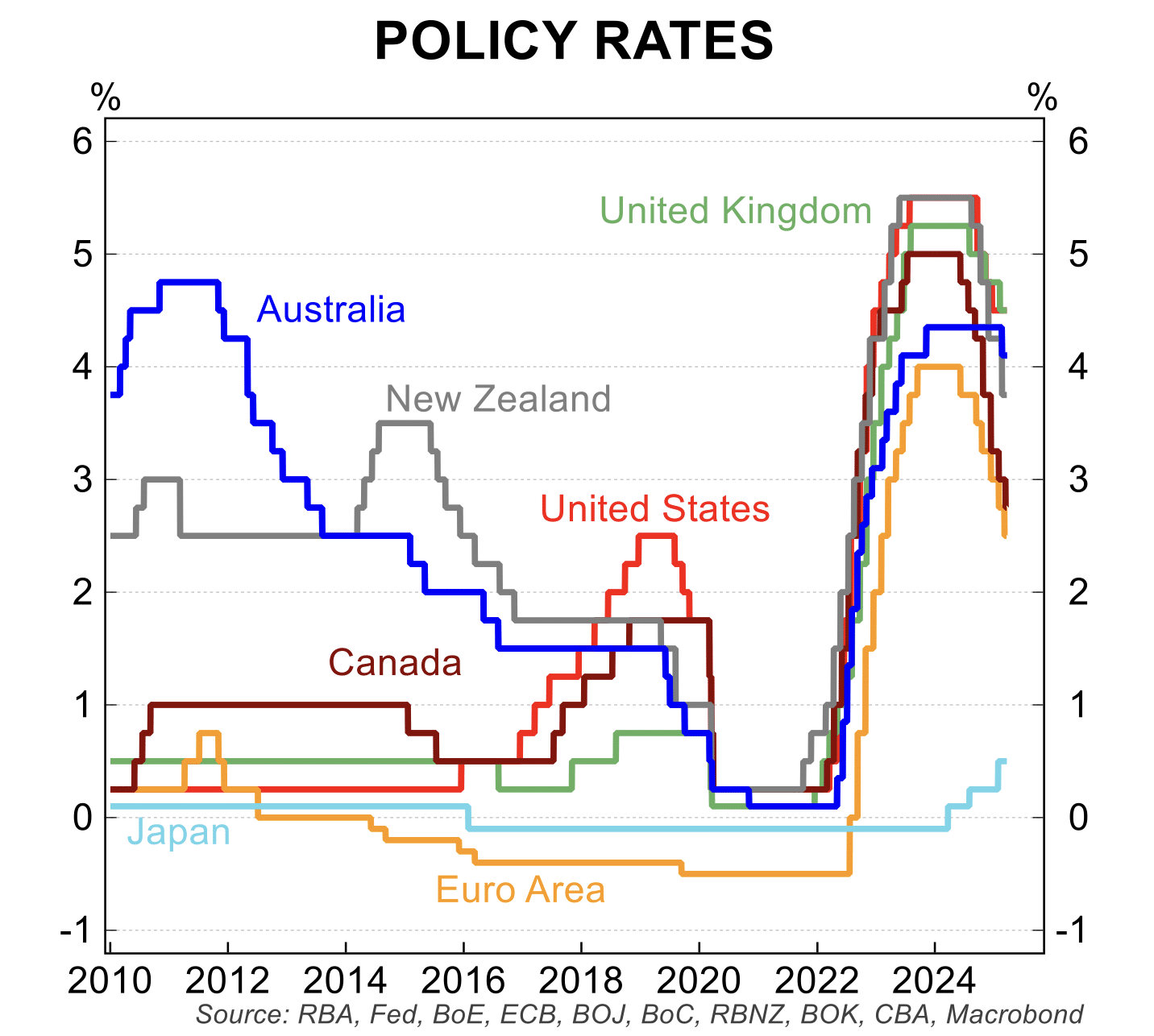Australia’s commercial real estate market is a powerhouse, attracting investors seeking attractive returns and long-term growth. But within this market lies a niche – private credit: financing real estate projects that require more flexibility, commerciality or turnaround times that fall outside traditional bank lending capabilities. Here, investors generally have two primary options: direct, single-asset investments or through feeder funds.
In this article, we’ll explore the features between these two investment options to help you make informed decisions if you decide to invest in commercial real estate private credit. We’ll uncover the advantages and disadvantages of each investment method and will consider factors like risk, diversification, and liquidity.

The Australian landscape: Feeder funds gaining traction
While direct investments have traditionally been the dominant approach in Australian commercial real estate private credit, income-generating feeder funds are gaining significant traction. This is driven by a growing investor appetite for diversification and a desire for professionally managed exposure to this asset class.
Feeder funds: Channeling capital for broader exposure
Feeder funds play a crucial role in the realm of real estate private credit by channeling capital from multiple investors into a single fund, which then invests in a diverse portfolio of real estate projects. This approach offers investors broader exposure and diversification, reducing risk compared to direct, single-asset investments. By aggregating resources, feeder funds enable participation in larger, high-quality projects that might otherwise be inaccessible to individual investors.
Benefits of feeder funds:
• Diversification:
Feeder funds offer the primary advantage of diversification. By investing in a single feeder fund, you gain exposure to a diverse portfolio of commercial real estate private credit opportunities, helping to mitigate the risk associated with any single investment.
A 2023 report by Preqin* highlights that diversification is a key driver for private debt investment globally, with 80% of investors stating it as a critical factor in their investment strategy and decision-making.
• Accessibility:
Depending on the investment manager, feeder funds can have lower minimum investment requirements than compared to some direct investments. This presents an opportunity for a wider range of investors to gain exposure to commercial real estate private credit.
• Professional management:
Master funds are typically managed by seasoned professionals with expertise in commercial real estate finance, credit analysis, fund management and deal structuring. Investors benefit from their knowledge and experience, reducing the time and onus on individual investors to complete their due diligence and project selection on each individual investment opportunity that is made available.
• Liquidity:
Again, depending on the investment manager and the type of fund, feeder funds can offer more flexible liquidity compared to some direct investments, allowing investors to exit their position more readily.
Comparing minimum investments
Direct investments: Your own, tailored portfolio
Direct, single-asset investments involve investing capital directly to a specific commercial real estate private credit opportunity. Commercial real estate private credit loans cover a wide range of loan purposes and are generally for the purchase, improvement or development of property. This could be to fund a development project, property and/or site acquisition or land subdivision.
Benefits of direct investments:
• Control:
Investors who choose to invest in direct, single-asset commercial real estate private credit opportunities maintain full control in the selection opportunities that they determine would best meet their individual investment objectives and preferences. Factors such as estimated term, investor return, risk, location and loan purpose can all be part of the selection criteria. This allows for a tailored portfolio aligned with their specific risk tolerance and investment goals.
• Potentially higher returns:
Direct investments can potentially offer higher returns as the investor can opt for opportunities that are higher up the risk curve in the capital stack, such as mezzanine, junior debt or even preferred equity positions
Choosing the right approach: Risk and resource considerations
The choice between investing in real estate private credit through a feeder fund or direct, single-asset investments hinges solely on personal preference. Investors should consider their individual risk tolerance, investment experience, and desired level of control.
However, the two investment approaches are not mutually exclusive.
Many Zagga investors choose to allocate an amount into the Zagga Feeder Feed whilst also investing into direct, single-asset opportunities whenever one becomes available that aligns with their investment preferences and can meet their objectives.

Learn more about feeder funds vs. direct investments with Zagga.
*https://www.preqin.com/Portals/0/Documents/Preqin%20Global%20Report%202023%20Private%20Debt.pdf?ver=2022-12-14-085706-953




